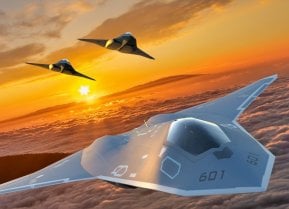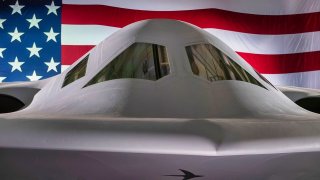B-21 Raider: Could Nightmarish Costs Cancel This New Stealth Bomber?
The development of the B-21 Raider strategic stealth bomber for the U.S. Air Force exemplifies the high costs associated with advanced military technology. With an estimated price of $600 million per aircraft, the B-21 mirrors the economic challenges faced by its predecessor, the B-2 Spirit.
Summary: The development of the B-21 Raider strategic stealth bomber for the U.S. Air Force exemplifies the high costs associated with advanced military technology. With an estimated price of $600 million per aircraft, the B-21 mirrors the economic challenges faced by its predecessor, the B-2 Spirit.
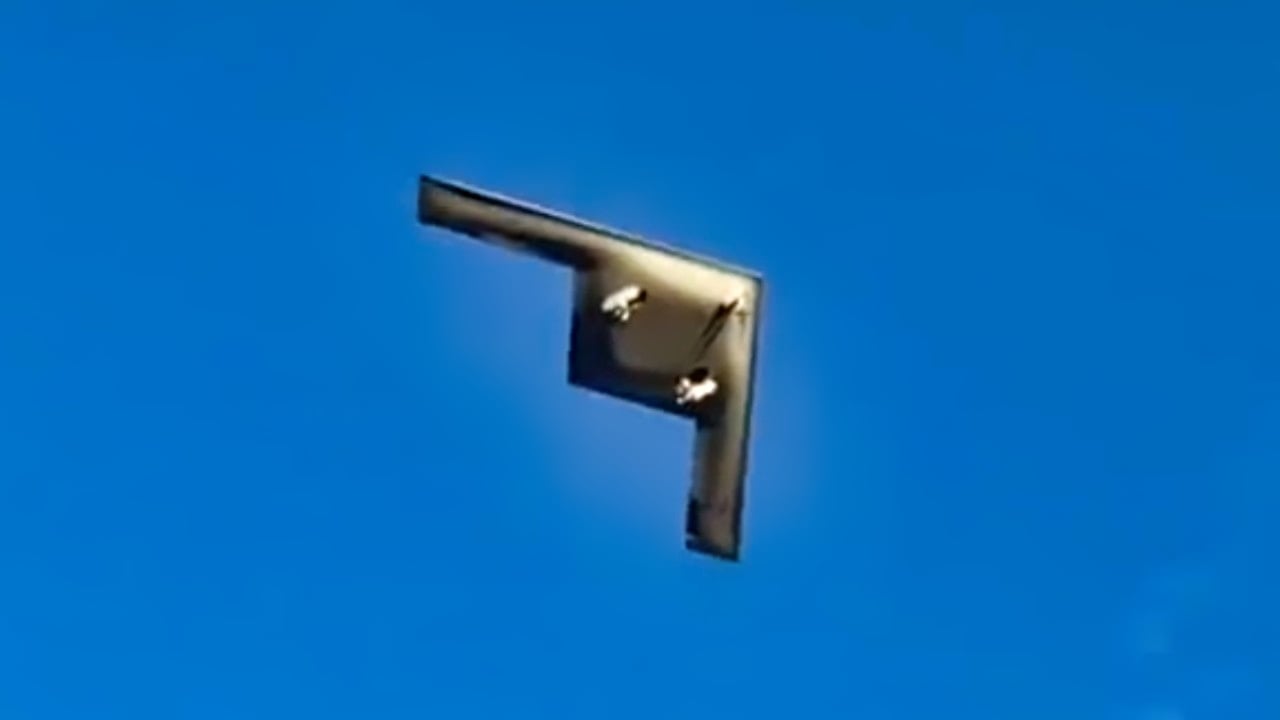
-Initially, the Air Force planned to procure 130 B-2s, but post-Cold War budget cuts reduced this number to just 21, making each bomber effectively cost over $4 billion due to limited production.
-As the B-2 nears retirement, the B-21 is set to take over strategic bombing roles, but it also faces potential budgetary constraints similar to those that curtailed the B-2's production.
B-21 Raider: The High Costs of America's Next-Generation Stealth Bomber
Advanced weapons systems give their bearers specific battlefield advantages. Stealth aircraft, hypersonic missiles, aircraft carriers, drones, and other modern weapons can make the difference in a war. And they don’t come cheap.
The B-21 Raider strategic stealth bomber is currently under development for the U.S. Air Force, and the Raider is a great example of how advanced capabilities require high costs.
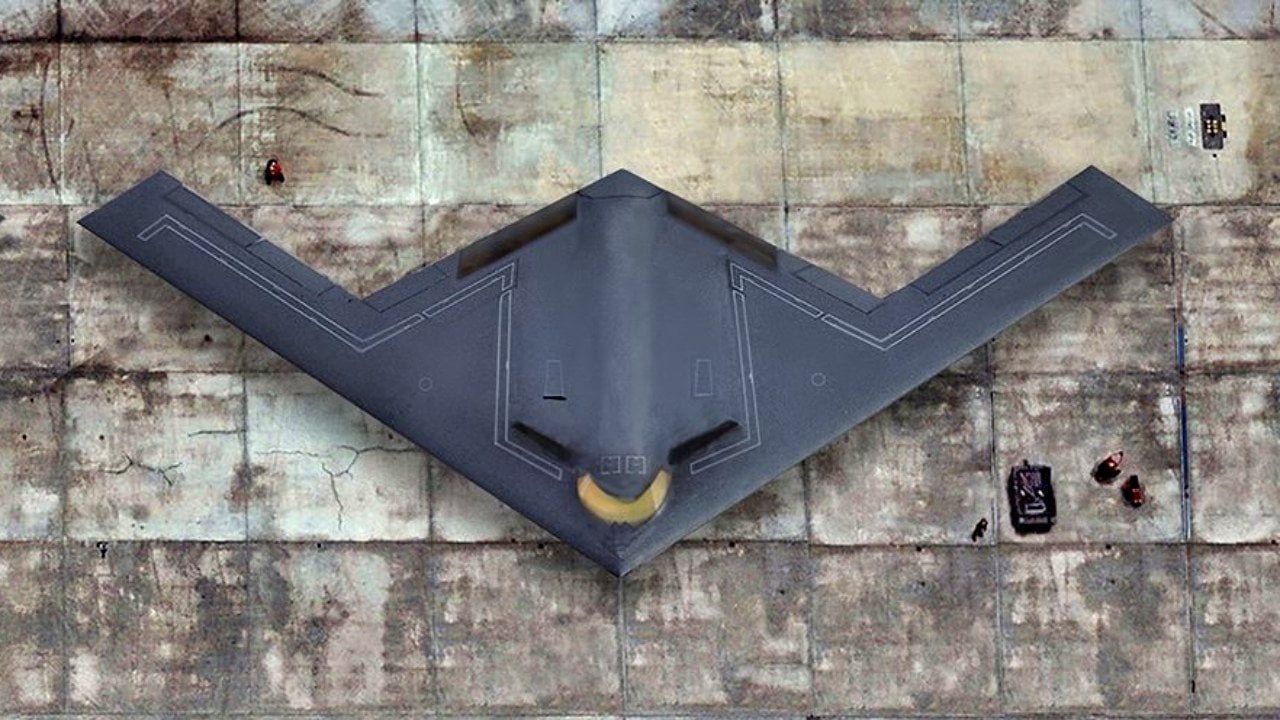
With a price tag as high as $600 million per aircraft, the B-21 Raider will be expensive.
Will the cost be too high? The B-21’s predecessor, the B-2 Spirit, might hold the answer.
The B-2 Spirit: The Cold War, Costs, and Procurement
The Air Force initially anticipated a procurement of approximately 130 Spirit aircraft. But when the Soviet Union collapsed in 1991, the biggest threat to U.S. national security was no more.
As always happens during transitions from wartime to peace, the Department of Defense saw its budget slashed.
The Air Force only received twenty-one B-2 Spirit stealth bombers, less than one-sixth of the anticipated number. This yawning gap between planned and actual procurement was mainly due to the extremely high cost of the aircraft. In the end, the program ended up costing the Department of Defense – and the American taxpayer – approximately $87.5 billion in today’s dollars, or more than $4 billion per aircraft.
This price tag includes design, development, testing, production, operations, and maintenance for the strategic stealth bomber. (Important qualification: The cost per aircraft would have been lower if it had gone into full production.)
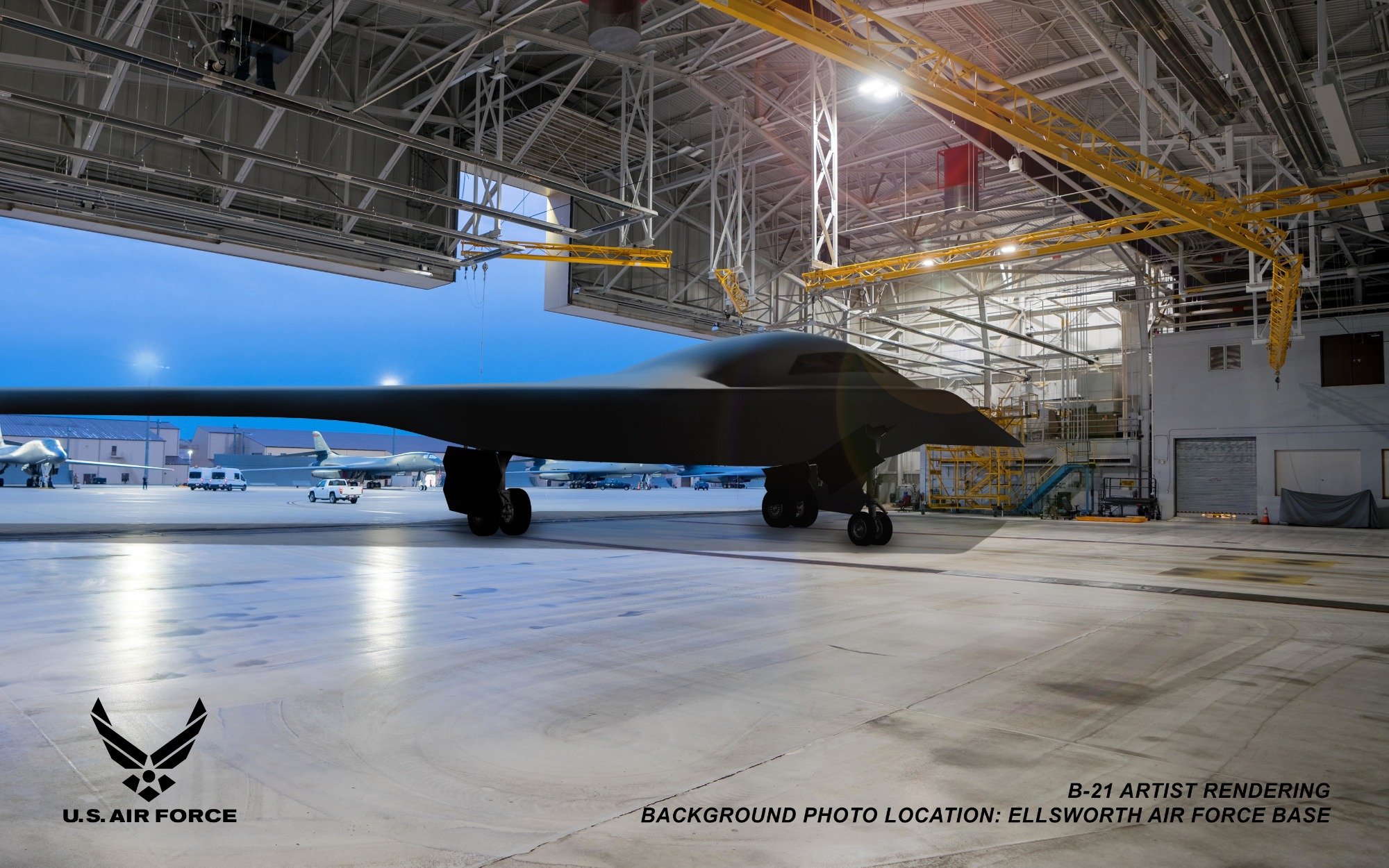
However good and groundbreaking the capabilities of the B-2 Spirit, such a high cost for a weapons system is hard to justify.
The B-2 Spirit is nearing the end of its operational life. The venerable stealth bomber might still look like something out of a sci-fi movie, but it’s getting old. The Air Force plans to decommission the B-2 fleet by the next decade. Its replacement, the B-21, will take over strategic bombing missions. But will it face a similar fate?
The B-21 Raider: Repeat Scenario?
The Air Force anticipates a need for about 100 B-21 Raiders. Northrop Grumman, who as manufacturer has a vested interest in producing more aircraft, recommends a program of at least 200 aircraft.
With an anticipated cost of around $600 million per aircraft, the Air Force is looking at an overall cost of $60 billion on the lower end, and $120 billion on the higher end. Consider for the sake of reference that the Air Force has requested a budget of $217.5 billion for Fiscal Year 2025.
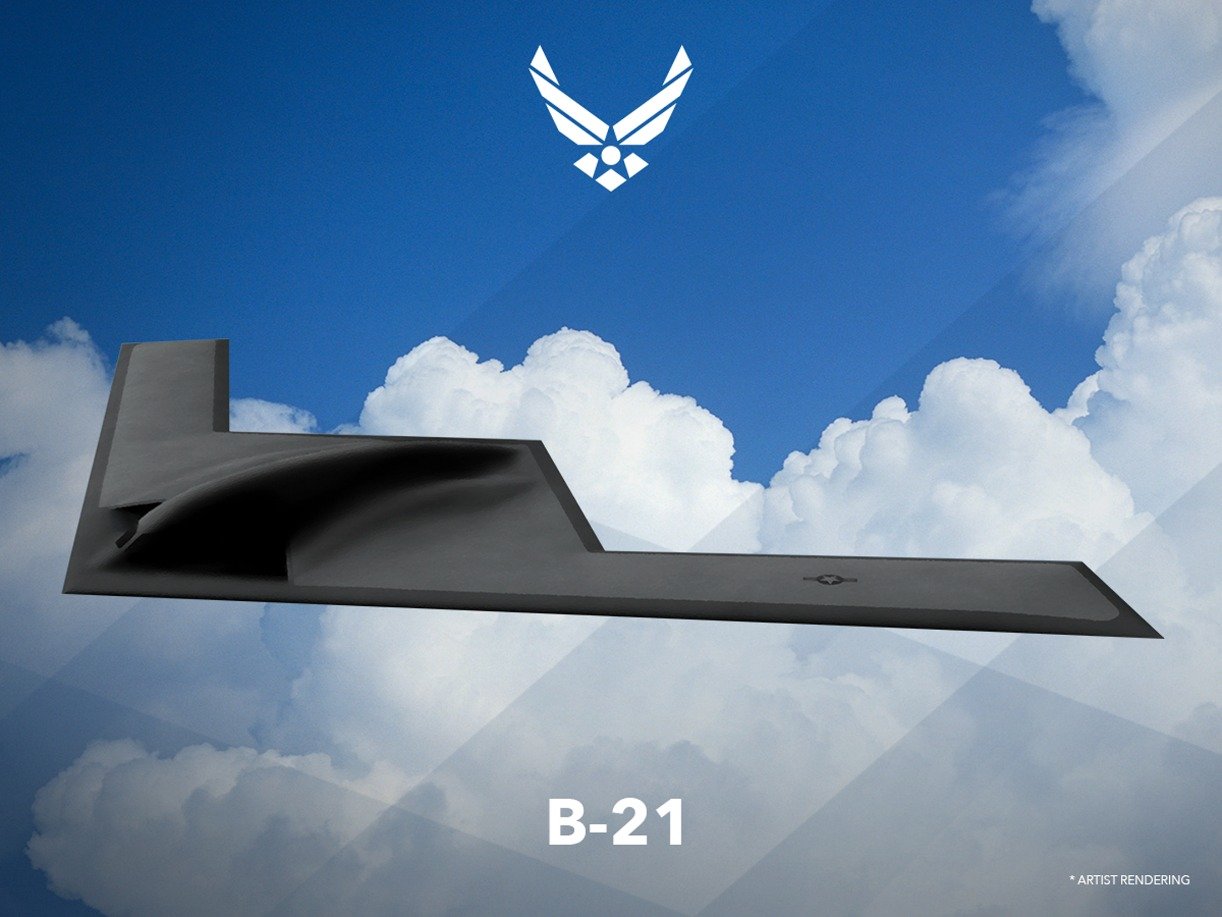
The U.S. military is facing more challenges in the future, and not fewer as was the case when the B-2 Spirit was starting off. But if history is a guide, the Pentagon will end up slashing the number of B-21 Raider bombers it procures.
About the Author:
Stavros Atlamazoglou is a seasoned defense journalist specializing in special operations and a Hellenic Army veteran (national service with the 575th Marine Battalion and Army HQ). He holds a BA from the Johns Hopkins University and an MA from the Johns Hopkins’ School of Advanced International Studies (SAIS). His work has been featured in Business Insider, Sandboxx, and SOFREP.
Image Credit: Creative Commons.
